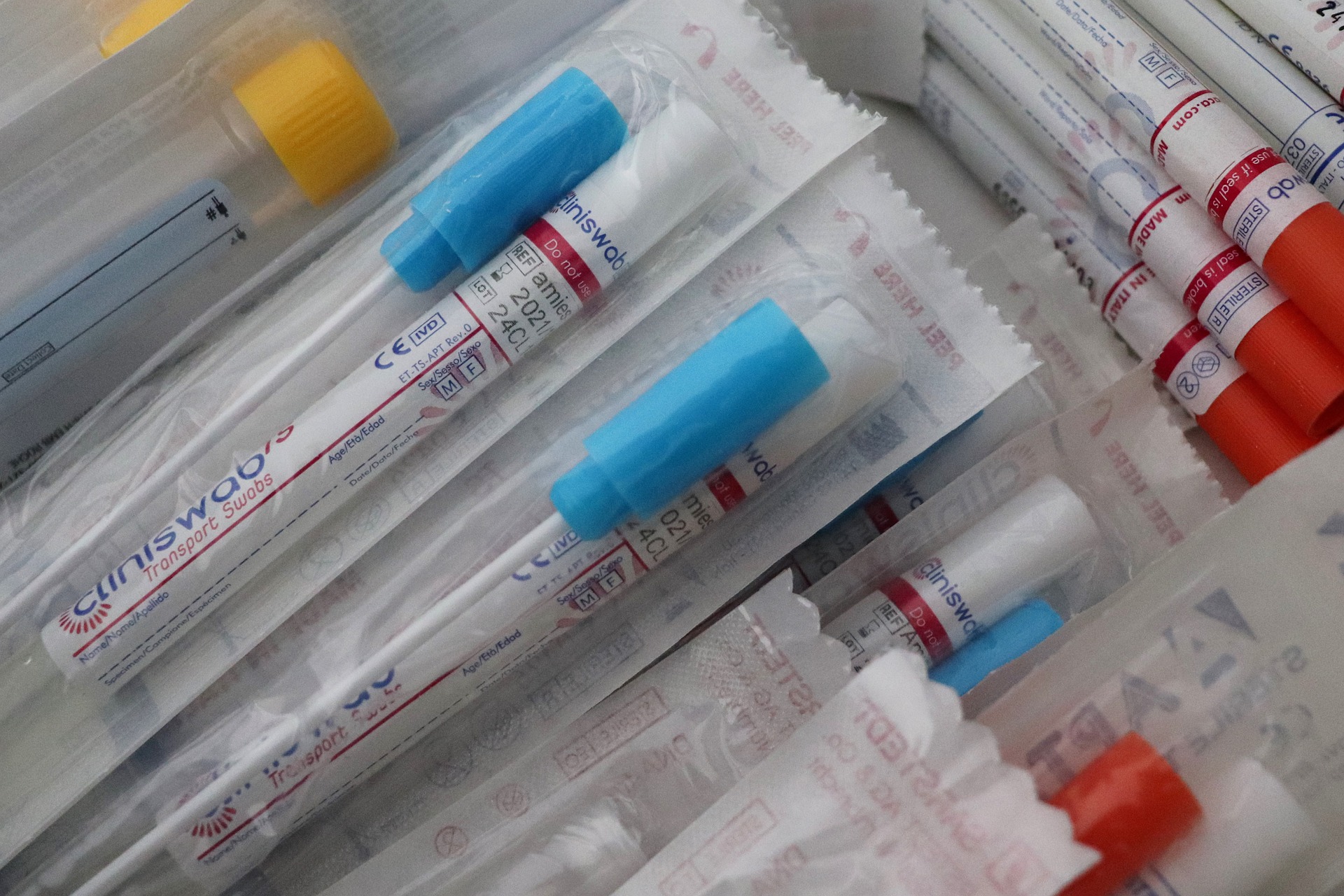News release
From:
SELF-COLLECTION CERVICAL SCREENING “HIGHLY ACCEPTABLE” BUT BARRIERS REMAIN
ALTHOUGH most participating patients and doctors find the self-collection cervical screening pathway “highly acceptable”, key implementation barriers reduce the capacity of primary care providers to offer it as an alternative to traditional cervical screening tests.
In December 2017, the renewed National Cervical Screening Program (rNCSP) began in Australia, moving from two-yearly Papanicolaou smear tests to 5-yearly human papillomavirus (HPV) testing.
“The rNCSP also introduced the option of an alternative screening pathway that allows self-collected vaginal samples to be used for HPV testing of women and other people with cervixes aged 30 years or more, who had not been screened for at least 4 years since their lastPap test (that is, who are more than 2 years overdue), or had never been screened and had declined clinician-collected cervical screening tests,” wrote researchers led by Nicola Creagh, a research assistant at the University of Melbourne’s Centre for Health Policy.
Creagh and colleagues’ research, published today in the Medical Journal of Australia, evaluates the implementation and acceptability of the self-collection screening pathway. The authors conducted individual semi-structured interviews with 45 screening participants and 18 primary care practitioners in Victoria who had engaged with the self-collection pathway during the first 17 months of the rNCSP.
“The self-collection pathway was highly acceptable as an alternative cervical screening pathway for most participating screening participants and practitioners,” Creagh and colleagues reported.
“Some screening participants indicated that they would not have been screened had the pathway not been available.
“Acceptability was lower among those who had tested positive for HPV types not 16/18, which requires additional testing of a clinician-collected cervical sample.”
Creagh and colleagues said that the use of the self-collection pathway was “driven more by practitioners than their patients”.
“Barriers to expanding promotion of the pathway by practitioners included difficulties with identifying eligible participants.”
Creagh and colleagues wrote that the self-collection pathway will play “an important role in further reducing the burden of cervical cancer in Australia”.
“Major barriers currently limiting the reach of the pathway that must be overcome include difficulties related to assessing eligibility, low awareness of the pathway among eligible screening participants, and uncertainty about self-collection among many practitioners.”
The Medical Services Advisory Committee has recently recommended that the rNCSP make self-collection an option for all participants, which would remove some of the barriers identified by Creagh and colleagues.
The Department of Health has convened a Self-Collection Expert Advisory Group to consider the recommendation.
All MJA media releases are open access and can be found at:
https://www.mja.com.au/journal/media
Please remember to credit The MJA.
The Medical Journal of Australia is a publication of the Australian Medical Association.
The statements or opinions that are expressed in the MJA reflect the views of the authors and do not represent the official policy of the AMA or the MJA unless that is so stated.



 Australia; VIC
Australia; VIC



